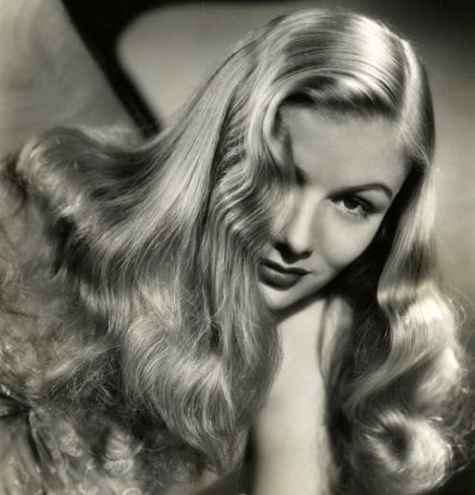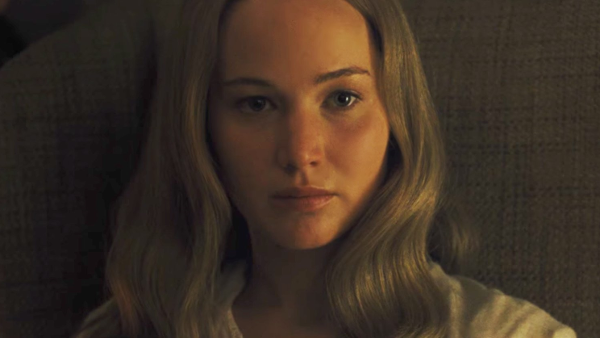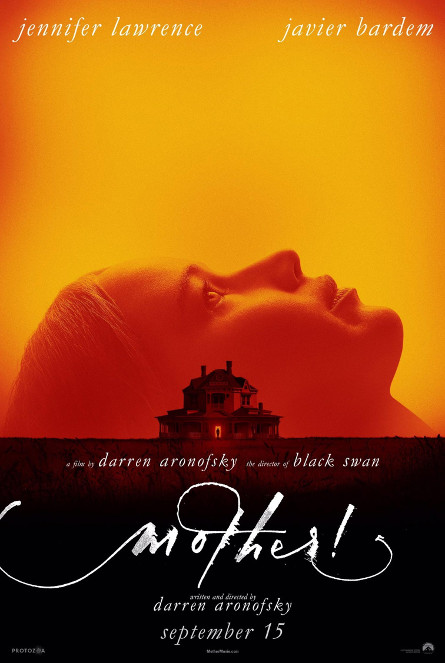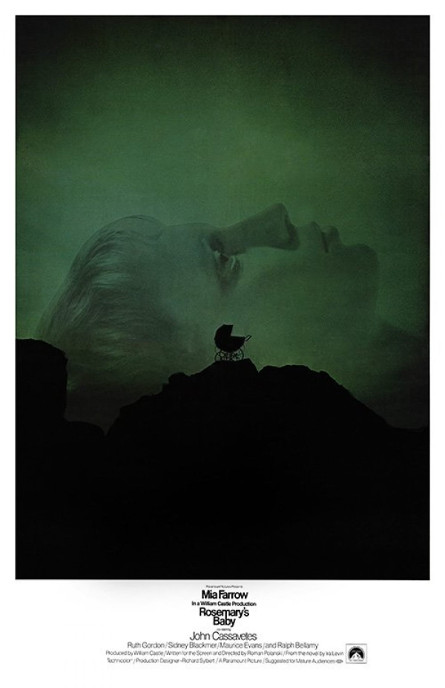You may be wondering why I am writing about Mother!, Darren Aronofsky’s new horror film, as a blog post and not as a review. A complex piece of cinema that is both rewarding and frustrating, it is something I cannot wholly recommend for viewing – a must for me. To many viewers, it will likely feel like the exclamation point should be replaced by a question mark. . . perhaps several.
Likely to leave many audience members baffled, it is still important to understand the basis for the story, as well as the text, subtext, and sub-subtext that makes the tale so seeped in allegory. This will hopefully provide brave cinephiles with a guidepost that will enlighten them to Aronofsky’s vision, whether they walk away from it with one viewpoint or another, loving or loathing it.
A narrative that, on the surface, is rather simple, Mother (Jennifer Lawrence) and Him (Javier Bardem) live in a giant Victorian house secluded from any sort of civilization. Repairing it after a major fire, they are interrupted when a Man (Ed Harris) arrives on their doorstep – supposedly looking for a bed and breakfast. Him (a one time famous author who now has writer’s block) welcomes the Man like an old friend, inviting him to stay the night.
The next day brings a Woman (Michelle Pfeiffer), the Man’s wife, to their home. Once again the couple react differently; Him is ecstatic while the much more reclusive and private Mother cannot understand his openness to these strangers. Soon, their children arrive (real life sons of Brendan Gleeson: Brian and Domhnall play the youngest and oldest respectively), adding further complications for Mother. Things escalate from there.
Deeply rooted in the work of Roman Polanski (specifically the 1960s and 70s eras), Mother! is similar in style and tone to 1968’s Rosemary’s Baby. Both feature naive housewives (each wearing nightgowns for some time), artist husbands, a very specific locale and couples welcoming new friends into their lives. But this is not the end; the psychological struggles of Mother in many ways resemble 1965’s Repulsion. There are most definitely some echoes between Catherine Deneuve’s character and that of Lawrence’s, having difficulty dealing with their own respective realities. Both living in a reclusive state, their psychological visions make us question their sanity. . . and the supposed reality we are being shown. And, if you know Polanski’s work, it will be no surprise that there are also connections to the third in his Apartment Trilogy (following the aforementioned two), 1976’s The Tenant. Though the three are not connected by way of characters, they all deal with similar locations, themes, and the above mentioned style and tone, all three of which play into Aronofsky’s vision. A fourth Polanski movie also comes to mind, 1966’s Cul-De-Sac, which finds a couple living in a secluded castle that is cut off from the land each day by the tide coming in. . . they are accosted by visitors as well. Though Aronofsky, who both writes and directs, feeds off of the psychological horror tales, it takes a different turn as the story progresses.

An example of the the Veronica Lake wave (thanks to the great photographer George Hurrell) which is oh-so similar to Lawrence in Mother!
Astute horror fans will also likely spot references or odes to David Cronenberg (sex scenes) and Brian De Palma, while Aronofsky’s intense closeup shots of Lawrence may bring to mind the ways in which Alfred Hitchcock depicted his cool, steely blonde leads in his motion pictures. We are consistently in her face, jarringly gaining her perspective by these full frontals or by getting an over the shoulder view. Establishing shots are few and far between, Aronofsky’s limited position providing a claustrophobic feeling that leaves us unsure of what is truly in her periphery. This technique also lends to an obsessive quality, not surprising when noting that the pair are Hollywood’s new director/actress power couple. It must also be noted that when Lawrence lets her hair down, there is a very striking resemblance to Veronica Lake, the waves and distinctiveness of her face bringing to mind the I Married a Witch star. Another oft used technique that must be mentioned finds the camera panning in rather quick fashion, giving the viewer a disorienting and wholly unsettled feeling.
To return to the subtext, there are many underlying themes that people may pick up on. There is the tale of the tortured artist with writer’s block, struggling to create once more. The adulation of being wanted like a virus in his blood, he is desperately trying to achieve success again – pushing his marriage, and other such things to the side. . . echoing the struggles of film making (a wink that Him may actually be Aronofsky). Mother, trying to build a home for the couple, is ostracized by the unexpected arrivals, though it brings life into the creative juices of her husband. It speaks to the flaws in relationships and the struggles of living together, the very different ways of men and women. It also references the neediness of human beings, always wanting more. . . this also connects to the mysterious draw of celebrities – the desire to meet, photograph and collect things from the rich and famous.
But on a much deeper level, Mother! is a religious allegory. Characters are stand ins for God and Mother Nature, Adam and Eve, Cain and Abel, the creation story updated and thrust into an eccentric horror narrative. The arrival of more people speaks to overpopulation, while clashes within the home symbolize the absurdity, violence and bizarre nature of human beings. A stubborn lack of listening to Mother Nature echoes the Noah’s Arc flood tale, another moment brings to mind the body and blood of Christ being given to the masses, while a discovery in a toilet the next morning perhaps signifies a piece of Adam – Eve arrives soon after. The script is cyclical in nature, and fire, symbolic of rebirth, plays an integral part in the story’s coda. It was originally going to be called “Day 6″ – referencing the religious undertones (the creation of man and beast) of the narrative.
As to the climax, it is a chaotic, absurd, out-there ride. Bringing to mind the final action packed minutes of Alfonso Cuarón’s Children of Men, it hits many of the same notes. The flaw is that many will not have hopped onto the roller coaster from the beginning (unlike other Aronofsky features like The Wrestler and Black Swan), meaning that it may be hard to be enthralled by the unexpected, adrenaline-fuelled, fugue-like finale. Whether it is pacing, too many symbolic threads going on at the same time, a lack of intriguing narrative, a failure to build on the slow burner beginning, or other such things, this is up for debate. It is in many ways an arthouse film with a studio budget – which, despite the controversy, is a wonderful thing to see, as it suggests that studios will still take a chance on movies that fall outside of the mould of the typical comic book flicks, action sequels, and traditional easy sells.
Obsession, like in his other movies, also plays a part here. And, Aronofsky’s immense skills, despite the film’s flaws, are on display as well. There are some exquisitely shot moments (the bloody lightbulb, a disintegrating wound in a floor and wall) that seep with horror brilliance, but other elements get in the way from truly allowing it to feel like any specific genre – horror or otherwise. With so many burning questions at its heart, it will leave you pondering, what, exactly, in God’s name have you just watched.




